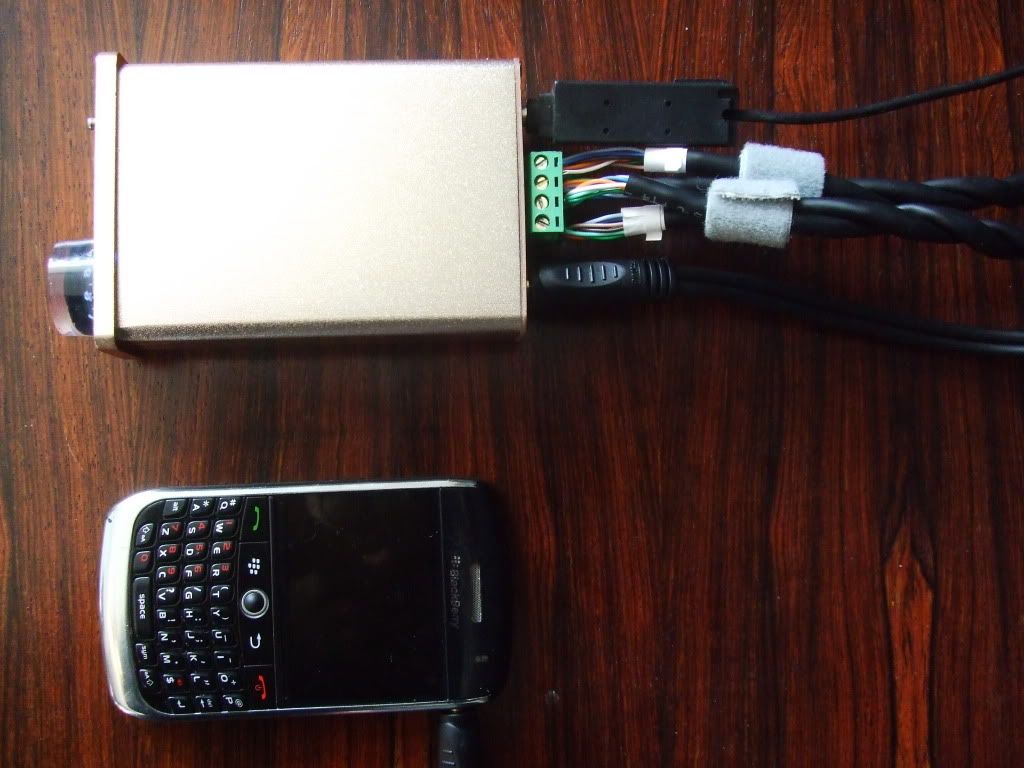Kahoona
Super Member
Hi
Last time I used them I was using a big Mitsubishi dc ? something with 100 real watts per chan to drive a pair of KLH 5's and a pair of ESS's. The ones with the woofer and passive radiator on the back and the AMT on the top. By themselves each speaker was just a tiny bit lacking but combined they were awesome and I could always pick just one for a different sound. It worked great and was possibly the best sounding setup I ever had.
Now I don't use the B set on my Onkyo surround but I intend to put cables on it just so I can audition speakers or test them without having to disconnect and reconnect my NHT's to do it.
Last time I used them I was using a big Mitsubishi dc ? something with 100 real watts per chan to drive a pair of KLH 5's and a pair of ESS's. The ones with the woofer and passive radiator on the back and the AMT on the top. By themselves each speaker was just a tiny bit lacking but combined they were awesome and I could always pick just one for a different sound. It worked great and was possibly the best sounding setup I ever had.
Now I don't use the B set on my Onkyo surround but I intend to put cables on it just so I can audition speakers or test them without having to disconnect and reconnect my NHT's to do it.


